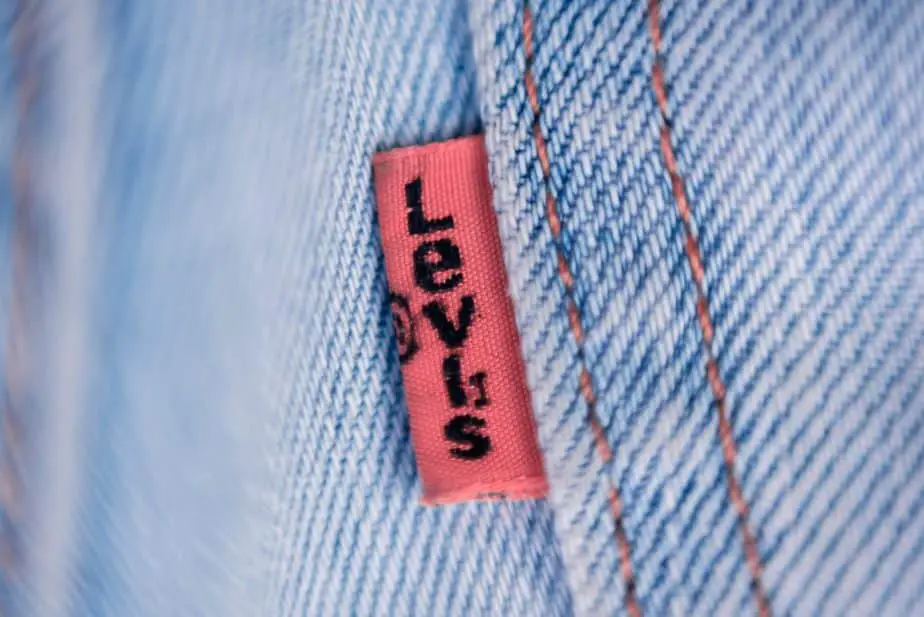However, Levi’s is among the fast-fashion retailers that have been focusing on enhancing their durability for further over a decade and has made tremendous strides. The ultimate point is that we just should be more conscious of how often we consume and how it affects our ecosystem.
Environmental Implications
According to a survey conducted, one of its important products had 37 percent of its climatic effect and 23 percent of its water consumption during the customer assistance phase. Levi’s has regarded this as a plan of action, encouraging buyers to see Levi’s denim as a solid investment rather than a fashion purchase. Levi’s has made major promises to sustainable denim manufacture, including considerably lowering water consumption.
The company plans to use water in 75% of its items by 2020, but it is on schedule to do so. Greenpeace highlighted and humiliated Levi’s in their ‘Toxic Threads’ report issued for its links to hazardous water contamination in Mexico. Since then, Levi’s has vowed to minimize the harmful chemicals which use color and protect its apparel, with the goal of eliminating dangerous chemicals by 2020. As a result of all this work, we have assigned Levi’s a ‘Good’ ranking for environmental stewardship.
Working Conditions
Levi’s labor rates are ‘Not Good Enough.’ It received a mid-range 41-50 percent on Fashion Transparency Index because it monitors most of its distribution chain, along with all stages of manufacture.
Considering this encouraging step, there remains one part of the company’s supply chain that must be addressed. Hardly any of its distribution chains are recognized by labor standards that safeguard the health and safety of workers, and Levi’s has made some progress towards assuring that its workers are paid a livable wage throughout the distribution chain.
Given its massive profits, we believe the company might be performing much better in this area.
Is Levi’s using child labor?
Levi’s commitment to ethical conduct forbids underage labor. In addition, because of its high correlation to state child labor, the brand was the very first United states garment company to restrict any use of Uzbekistan textiles in its distribution chain.
Animal Protection
Levi’s treatment of animals is deemed ‘inadequate.’ It’s doesn’t contain any fur, or any wildlife life wool, or skin. Its present Animal Welfare Policy requires that the distribution channels for all animal products be traceable as possible to ensure humane methods.
Despite this, it continues to use leather, down feathers, and wool without specifying where they came from, but it notes that it promotes wool from non-mullered lambs and will endeavor to “solidify its woolen procurement accordingly when it becomes commercially feasible.”
Overall Score
Depending on the study, we rank Levi’s as ‘It’s A Start.’ Our grade highlights the firm’s vision and innovation, especially the ongoing progress it is making in ecologically sustainable manufacturing practices.
Levi’s is dedicated to creating high-quality, long-lasting items. With all that in mind and some denim-care know-how, going to invest in a pair of vintage Levi’s jeans can be a smart purchase. However, if you really want to invest in businesses that are environmentally responsible on all occasions, we have selected some ethical choices for you!
Failure to accept full responsibility
Even though the intention is there, more exact figures on subjects such as transportation, manufacturing, and current energy use are lacking. Levi’s frequently reports objectives without providing recent performance on critical areas, which can appear selective on occasions and has a detrimental influence on accountability.
The same is true for reporting on the sources of the brands’ products and the fair labor standards act. The firm utilizes leather, feathers, fur, and cotton, yet there is no animal protection rule in place. The sources of the animal resources it employs are generally unclear, leading us to believe that the majority are unlicensed. There are certain rules in place for sustainable and ethical procurement, however, there is no disclosure of inspection reports, and Levi’s does not have a safe and accountable sourcing policy.
And although Levi’s is making progress, particularly in terms of lowering its environmental impact there is still a significant lack of honesty at the time.
Levi’s is a fashion label that has been working to improve its environmental policies to deliver more environmentally sustainable goods. However, this is insufficient because individuals may still be creating while we excessively consume. There’s really nothing inappropriate with purchasing a pair of Levi’s jeans as long as we retain them for a long effort and dedication for them properly.
